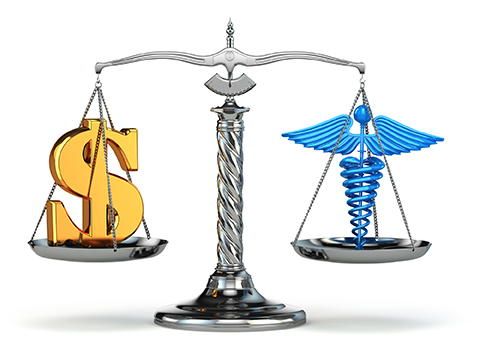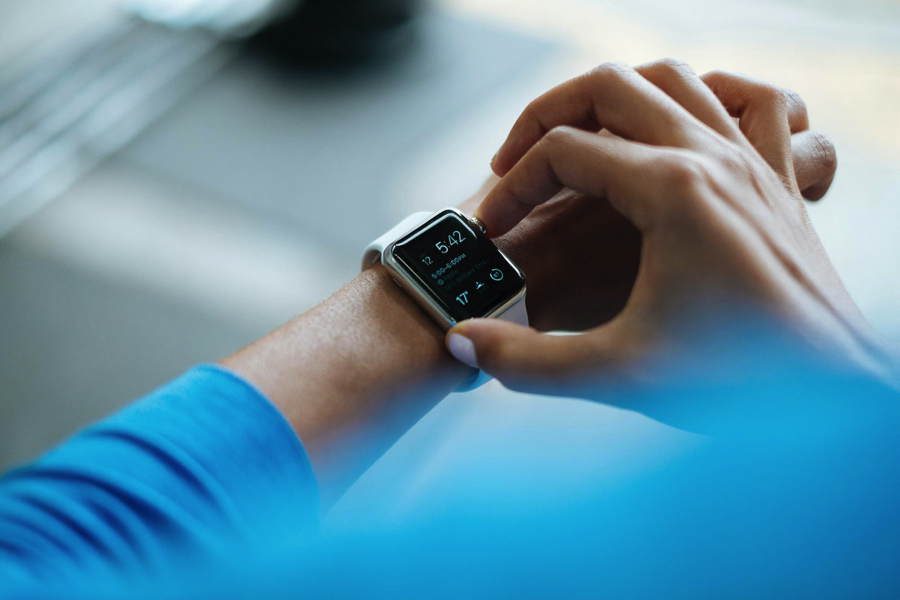
Reprocessed Medical Devices: Easing the Cost of Healthcare
The utilization of reprocessed medical devices can help cut down the increasing cost of healthcare for consumers while also tackling device shortages.

The utilization of reprocessed medical devices can help cut down the increasing cost of healthcare for consumers while also tackling device shortages.

Data, IoT, artificial intelligence, predictive analytics, virtual and augmented reality, and many other technologies will fuel the healthcare system.

Medtech businesses show tremendous potential for profitability and growth, triggering a sparked interest in investment.

Software continues to be a key factor in recalls, and this year the end of some EUAs may also contribute to an increase.

The test generates results within 20 minutes and can be used by adults and children over the age of two years old.

As restrictions lift and in-person visits become viable again, the use of virtual care technology — particularly telemedicine and remote patient monitoring (RPM)—is here to stay.

In this series we examine the future of the medical device industry—from manufacturing to the consumer-patient experience.

Labeling is as critical as quality for medical device products. If a manufacturer can’t shift labeling to meet production in an agile manner, their products may not reach their destination.

The real-time bioaerosol sampling system can detect a very low concentration of SARS-CoV-2 in the air.

We have the opportunity to refine processes that were implemented in a hurry during the pandemic, along with the insight to improve the entire healthcare system.